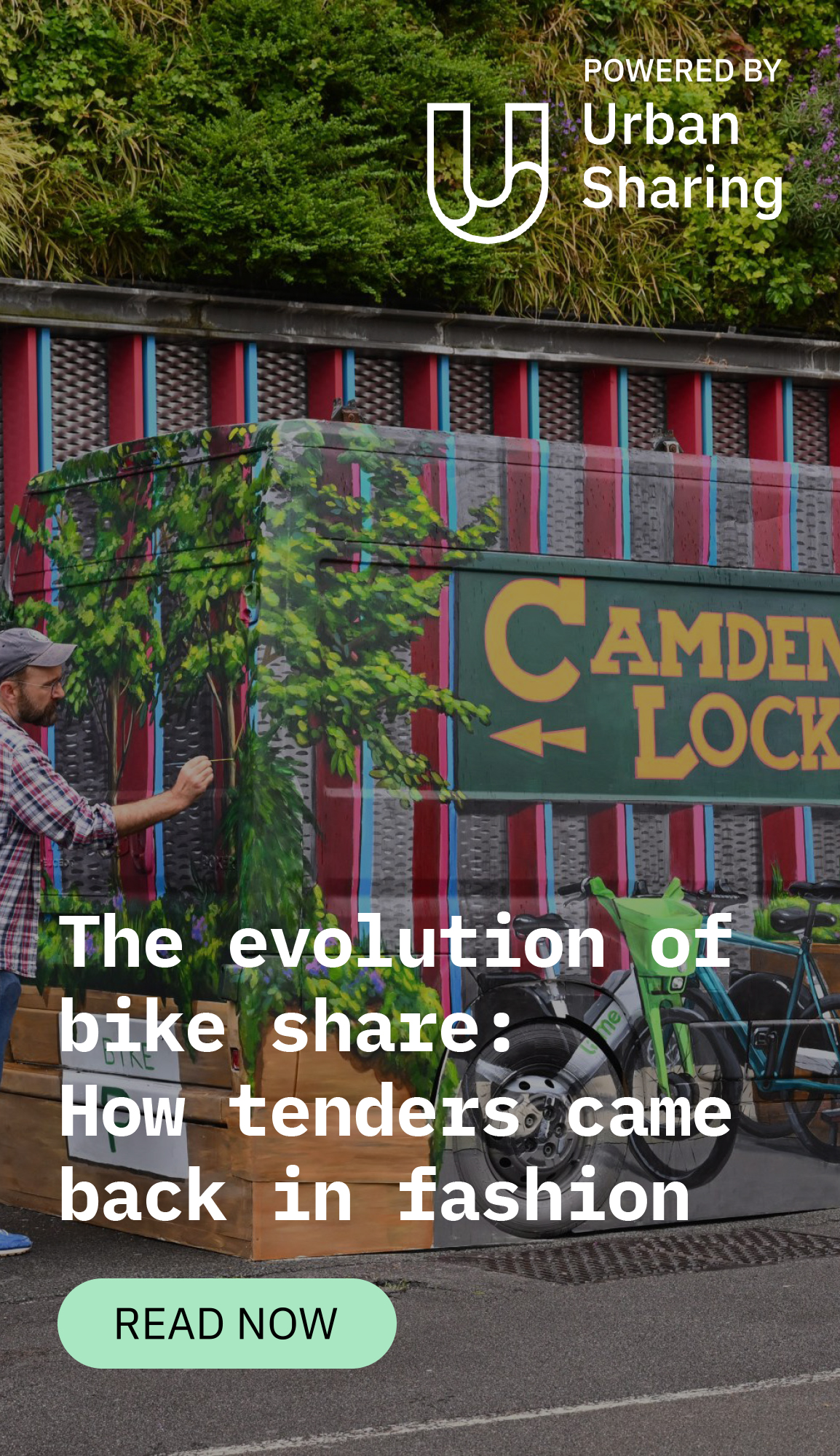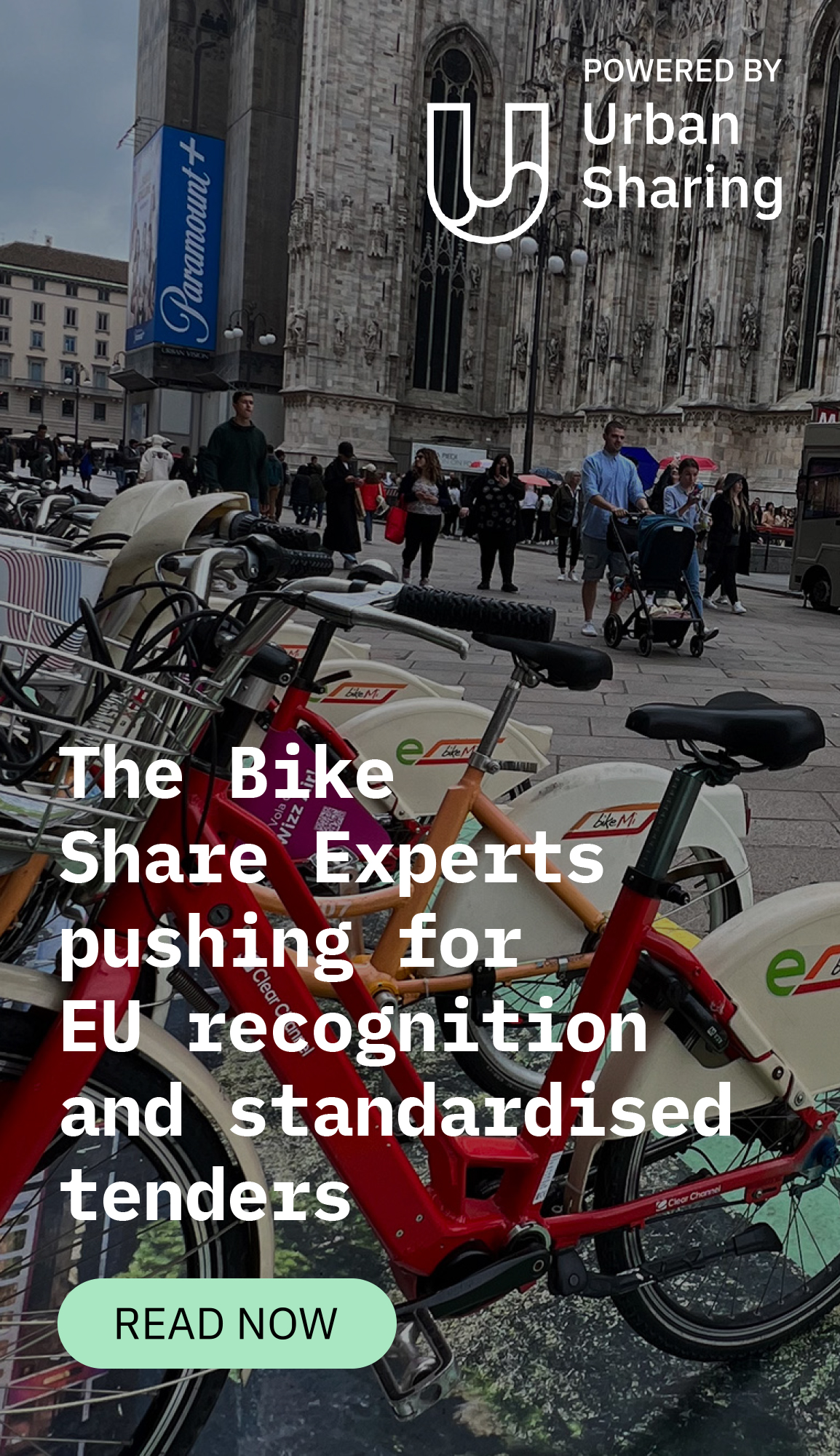Author: Tom Nutley, Chief Revenue Officer of Urban Sharing
In the fast-paced world of micromobility, it’s easy to get caught up in the hype of “revolutionary” technologies. However, as we look ahead to 2025, it’s time for a reality check.
The truth is, we’re not reinventing the wheel – we’re reinforcing it.
Just as Facebook didn’t invent social networking but refined and expanded upon the foundations laid by Bebo and MySpace, the micromobility industry is following a similar path.
Through a series of incremental advancements, our existing technologies are becoming more efficient, more user-friendly, and more impactful than ever before.
Refining What Works
Let’s examine some recent “innovations” in our industry:
1. AI and Data Analytics
The integration of AI in micromobility solutions is not entirely new, but it’s being refined to deliver more value. Anadue’s AI assistant, Ana, exemplifies this trend. Ana can analyze vast amounts of data, providing insights on vehicle usage, bottlenecks, and customer sentiment. This isn’t a revolutionary concept, but rather an evolution of existing data analysis systems, now optimized to enhance decision-making and operational efficiency.
2. Improved Communication with Cities
AI-George, another Anadue creation, aims to bridge the communication gap between operators and cities. This virtual assistant can answer city officials’ questions about shared micromobility operations in real-time, fostering trust and transparency. While not a completely new idea, it’s a significant refinement of how operators and cities interact.
3. Advanced Control Units
Companies like Engineering Design Lab are developing sophisticated control units for micromobility vehicles. These units offer features like remote immobilisation, theft protection, and compatibility with various vehicle types. Though they’re not reinventing the wheel, these advancements are making existing fleet management technologies more versatile and efficient.
Simplifying and staying user-focused
The key to success in micromobility isn’t about creating entirely new technologies, but focusing on what truly matters to users and operators.
1. Back-End Efficiency
Some companies, like Vapaus, are prioritizing back-end efficiency over rider-facing features. By focusing on improving internal operations and fleet management, they’re able to offer more reliable and cost-effective services. This approach demonstrates that sometimes, the most impactful innovations are those that users don’t directly see but significantly benefit from.
2. Data-Driven Decision Making
The use of AI assistants like Ana allows companies to make more informed decisions about fleet size, vehicle allocation, and operational strategies. This isn’t a new concept, but it’s being refined to provide more accurate and actionable insights.
3. Streamlined Interfaces
Urban Sharing’s Urban Crew represents a breakthrough in fleet management simplification. This task-based optimization tool addresses the complex challenges of on-street operations by providing a unified interface that suggests optimal operational solutions. This approach demonstrates how technology can simplify complex challenges without reinventing existing systems.
The Bike-Lane Forward
As we move towards 2025, the micromobility industry needs to focus on perfecting what we already have rather than chasing after elusive “revolutionary” technologies. Our path forward lies in:
1. Optimizing Data Usage: Leveraging AI and advanced analytics to make better operational decisions and improve user experiences.
2. Enhancing Stakeholder Relations: Using technology to build trust and improve communication between operators, cities, and users.
3. Focusing on Efficiency: Prioritizing improvements that can lead to more reliable and cost-effective services.
4. Continuous Refinement: Constantly improving existing technologies and processes rather than seeking disruptive innovations.
The future of micromobility isn’t about reinventing the wheel – it’s about making that wheel run smoother, faster, and more efficiently than ever before.
By focusing on incremental improvements and user-centric refinements, we can create a micromobility ecosystem that truly transforms urban transportation, one small step at a time.











